Growing up in the tropics the warmest temperature I've ever experienced was 34C (93F) in the depths of summer (albeit paired up with oppressive levels of humidity). Who would know then that I would experience 40C (104F) of all places in the UK? That's what just happened Tuesday last week when the heatwave that was all over Europe peaked here.
Thankfully from there temperatures have since dropped down to what are considered normal summer levels here, otherwise a lot of our plants would have been toast.
 |
| Heat stressed Schefflera taiwaniana Tuesday 19th of July |
We think temperatures "only" peaked at around 38C (100F) in our garden but as I was working in central London that day, with the mostly concrete jungle that it is temperatures reached well above that even before midday. That made for a very unpleasant commute to and from work.
UK is not geared for such high temperatures as usually there is a lack of summer heat and both society and infrastructure here are geared for that, not the other way around.
The most dramatic manifestation of the high and relatively prolonged heat here was shown by our biggest Schefflera taiwaniana. It took a couple of days when the temperature went down to show recovery, unlike all other plants that showed distress during the same period but mostly recovered in matter of hours. Still a week on and you can now spot true damage on some plants with shrivelled new growth, and on bamboos with their aborted new shoots. Speaking of bamboos, some new shoots bent down at the worst of the high temperature but rectified themselves when the heat subsided, with some eventually aborting. But some damage is better than demise. If the heat persisted we could have lost many plants, including the Schefflera above.
 |
| Schefflera taiwaniana Thursday 21st of July |
It's been a largely dry summer so far and now there is a threat that we may get a hosepipe ban in August if the lack of substantial rain persists. Let's see how it goes...
Mark





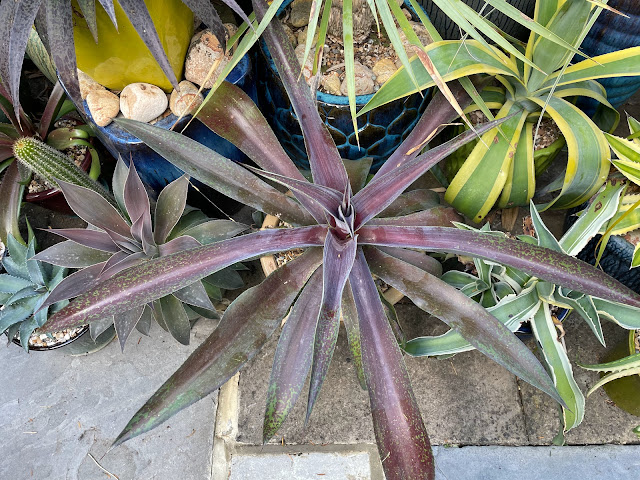





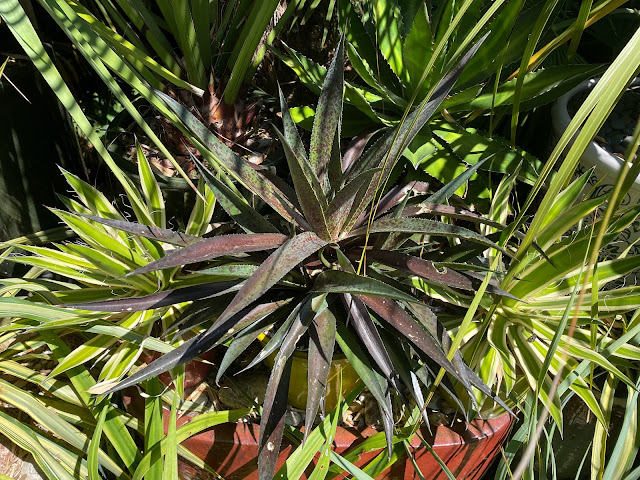
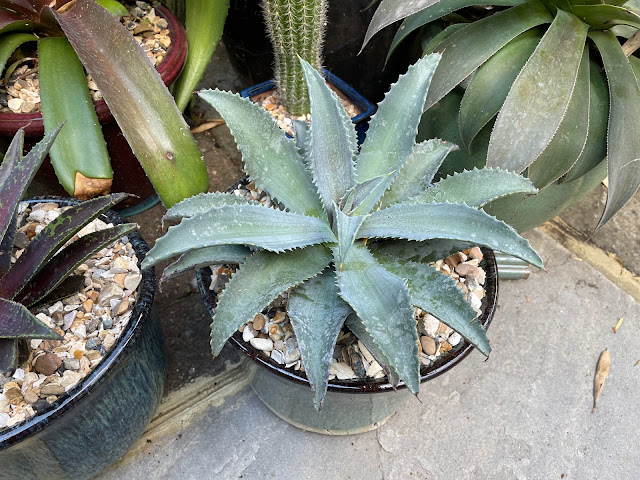

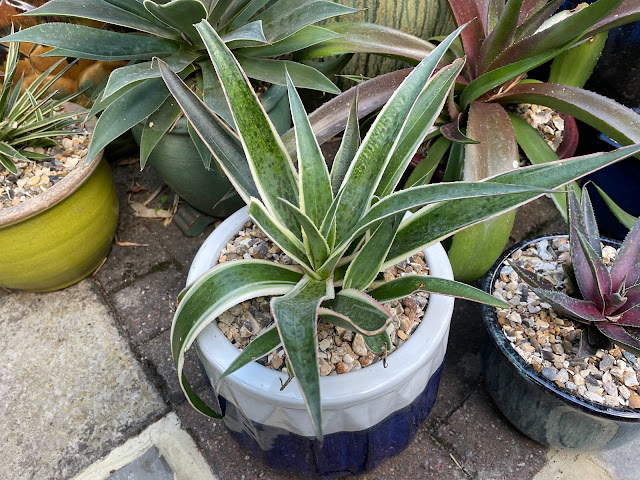




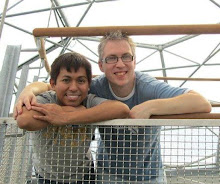 This gardening blog follows our journey as we create our Tropical and Exotic themed garden. We hope you'll enjoy the journey as much as we do. We started our Exotic Garden in 2005 and this site will show its development, as well as our travels, both abroad and within the UK to gardens, nurseries and friends.
This gardening blog follows our journey as we create our Tropical and Exotic themed garden. We hope you'll enjoy the journey as much as we do. We started our Exotic Garden in 2005 and this site will show its development, as well as our travels, both abroad and within the UK to gardens, nurseries and friends.











